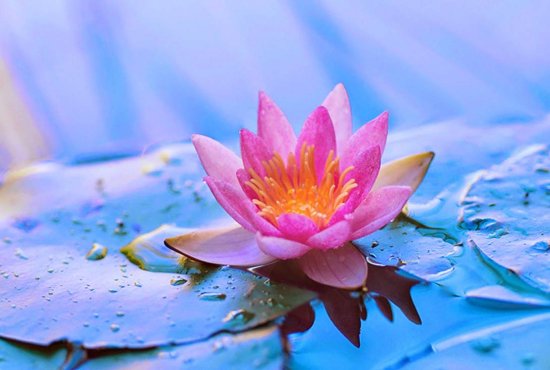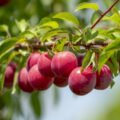Introduction Of Lotus
Lotus (Nelumbo nucifera) an aquatic plant that belongs to the family Nelumbonaceae and has been cultivated for many centuries for various purposes including medicinal and ornamental uses. Read on to find out more about this plant’s various uses and amazing facts!
The lotus is an aquatic plant with a thick bulbous root and narrow leaves. It’s one of Earth’s oldest known flowers and can be found in freshwater lakes, ponds, rivers, and swamps around much of Asia.flower has been present since before recorded history; its use in Chinese culture dates back to about 3,000 BC. Legends say that when Buddha was born he emerged from a giant flower floating on top of Lake Anotatta in northern India.

Common & Regional Names in India
Padma, Sacred Lotus, Indian Lotus, Kamaḷa, Tāmarai, Purple Water Lily, and Sensitive Plant. Other Names: Sansevieria trifasciata, Dwarf Hygrophila, or Fish Tail plant are also called lotus in India. is one of the most beautiful aquatic plants which can be used to decorate water bodies or aquariums. It has four distinctive petals which look like a flower. This plant helps to purify air naturally without creating pollution while providing oxygen. The main stem is tall but narrow and thick at its base. The leaves of Nelumbo nucifera resemble blades with flat bottoms and a triangular shape similar to an arrowhead that’s why it’s named a water lily and sensitive plant too.
Description and Growth
Nelumbo nucifera is an aquatic perennial herbaceous plant. It can be found in tropical areas of Asia and Africa. The petals grow from a long stalk that surrounds a showy yellow or purple-black flower. The lotus has a high economic value and is one of many plants that are used for ornamental purposes. People also use it for medicinal uses.
Each kind Nelumbo nucifera of is native to different regions throughout Asia and Africa so people who live there have been using them since ancient times. In some countries like India, its cultivation dates back to 3100 B.C., but other countries where its flowers are mainly cultivated include China, Japan Vietnam, and Korea. Nowadays they have begun cultivating it all over Europe because of its growing demand.

The lily plant is known for its large green leaves that grow from a small central bulb. The huge leaf blades are generally more than 1m across and have a slightly wavy margin. The center of each blade features a darker green oval shape towards which branches off many thinners’ leaves radiating outwards in all directions; it’s almost as if these smaller leaves are acting as spokes on a wheel to support their larger counterpart.
Each stem may branch out up to 3 times before ending in one final flower head. Finally, each flower head consists of numerous bright yellow flowers arranged around a thickened spike at its core—the mature seeds of which serve as food for wildlife and humans alike.
Cultivation
Lotus can be grown in ponds or in deep, rich soil that drains quickly. The plant grows best in areas with warm climates and plenty of sunlight.Nelumbo nucifera is a free-floating plant which means it doesn’t need to be planted but rather added to an existing body of water. The roots will adhere to whatever surface they touch and even thrive underwater
As such you don’t need to worry about planting a specific type of lotus. If you want flower for a pond or other body of water, simply obtain three rhizomes from your local nursery and add them directly into the water when temperatures are between 50 ̊F and 75 ̊F. It will take around three years for your plants to mature into their prime flower-producing state.
Facts And Uses
Nelumbo nucifera is a plant in the Nymphaeaceae family. It has been used in traditional Chinese medicine for treating common colds, coughs, and skin wounds. In Japan, it is commonly seen in outdoor arrangements. The flowers of water lily are pale pink to deep red or orange and can bloom at night or during daytime with occasional pink to white petals. The flower buds are always deep red or orange before opening and become lighter when they open fully. Lotus roots have been used for centuries for treating liver


